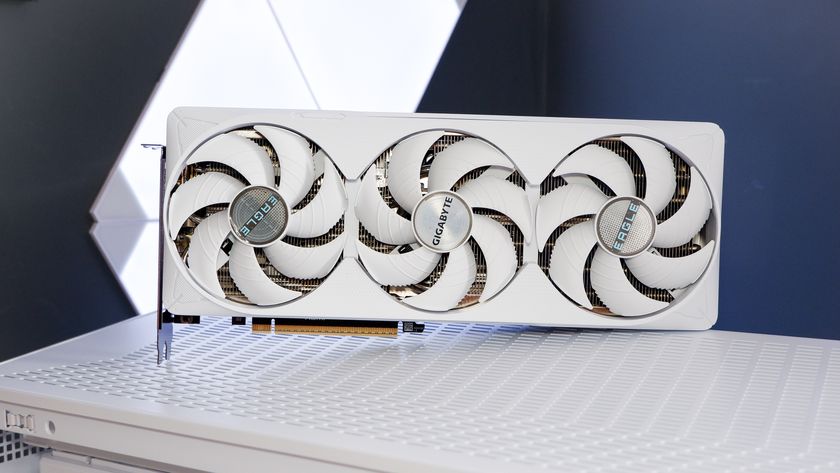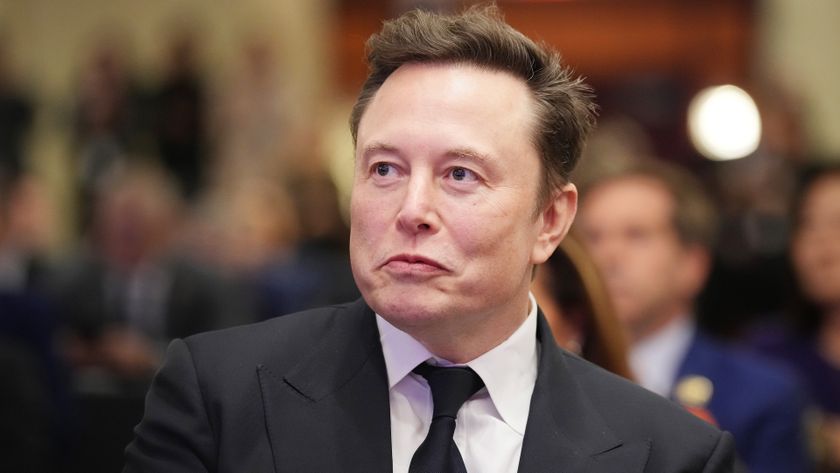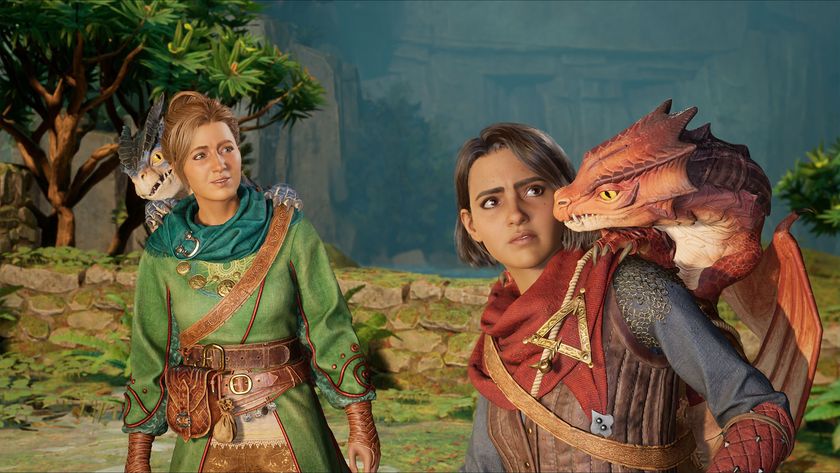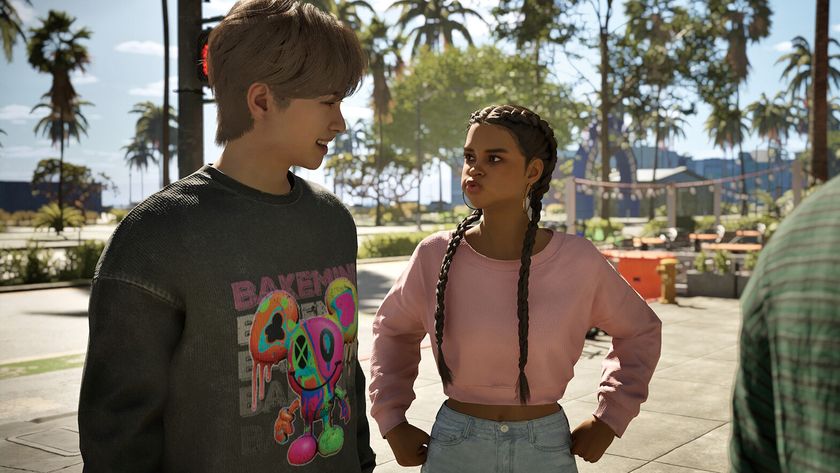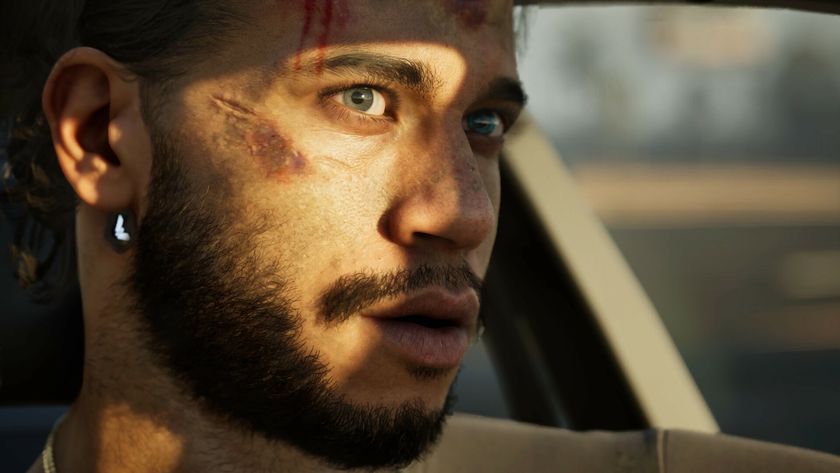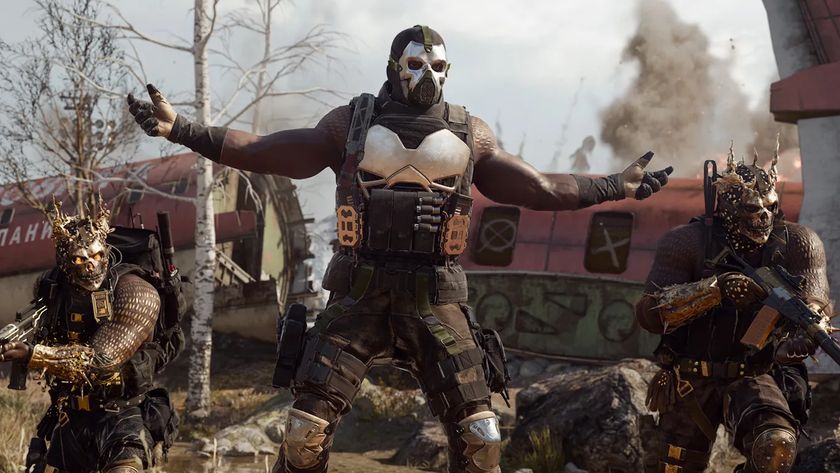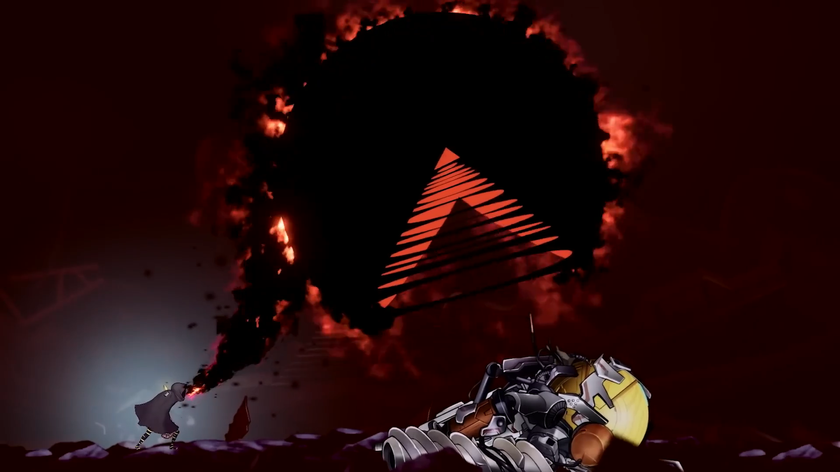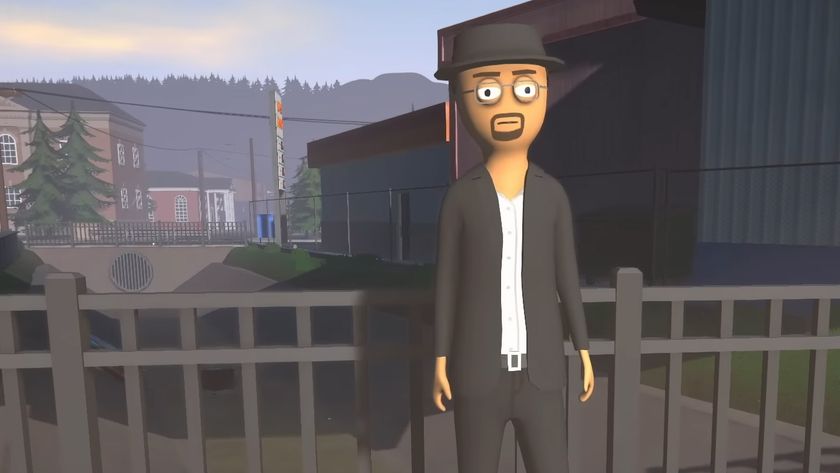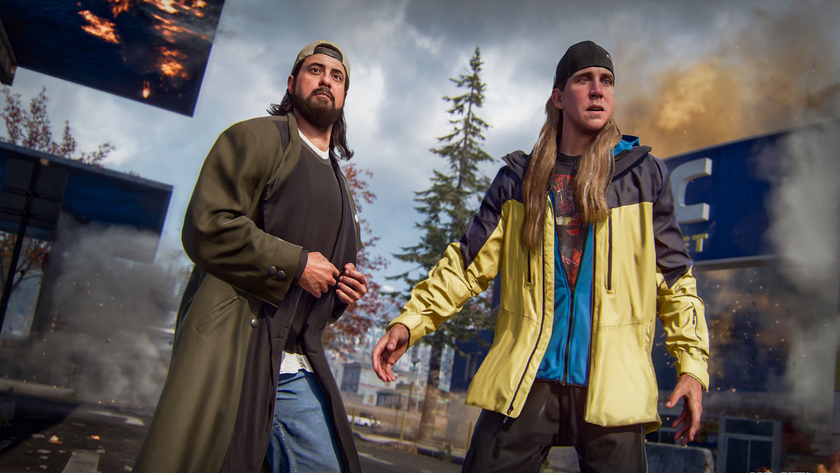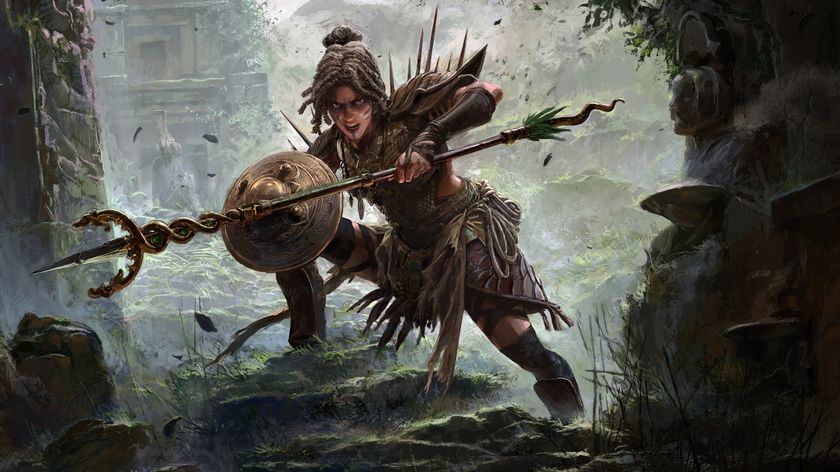Nvidia's director of technical marketing leaves to join Intel's GPU team
Intel keeps scooping up its competition's upper management.
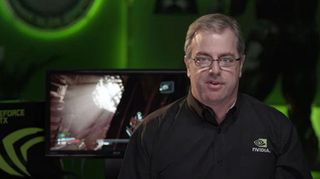
In a tweet yesterday, Intel announced that Tom Petersen, now Nvidia's former director of technical marketing, has joined Intel as a fellow leading the company's graphics experience team in their bid to join the ranks of the best graphics cards. This is the latest in a steadily growing list of surprise departures that seems to solidify Intel's seriousness in becoming a mainstay in the GPU market.
Raja Koduri left AMD after 40 years to join Intel as chief architect and senior VP for its Core and Visual Computing Group; PC Perspective founder and EIC Ryan Shrout joined Intel as its chief performance strategist in October; Chris Hook, left AMD in April to join Intel as director of product marketing for discrete graphics; and Darren McPhee also left AMD to join Intel's graphics team.
We are excited and thrilled to have Tom Petersen “TAP” joining us as an Intel Fellow on our GPU team. pic.twitter.com/30f0TkPlXYApril 1, 2019
An industry veteran, Petersen spent the majority of his career as a CPU designer for companies like IBM and Motorola before joining Nvidia in 2005. He moved to California in 2000 to join a startup, SiByte (later acquired by Broadcom), where he worked on the BCM1400, a multi-processors embedded CPU, as Engineering Director.
Petersen first joined Nvidia as director of technical marketing, and then added on the role of distinguished engineer, where he spent more time inventing new technologies. He was one of the engineers who helped design Nvidia's G-Sync. Petersen also has around 40 patents to his name, with more still pending. No doubt he is a major asset to Intel.
The biggest gaming news, reviews and hardware deals
Keep up to date with the most important stories and the best deals, as picked by the PC Gamer team.

